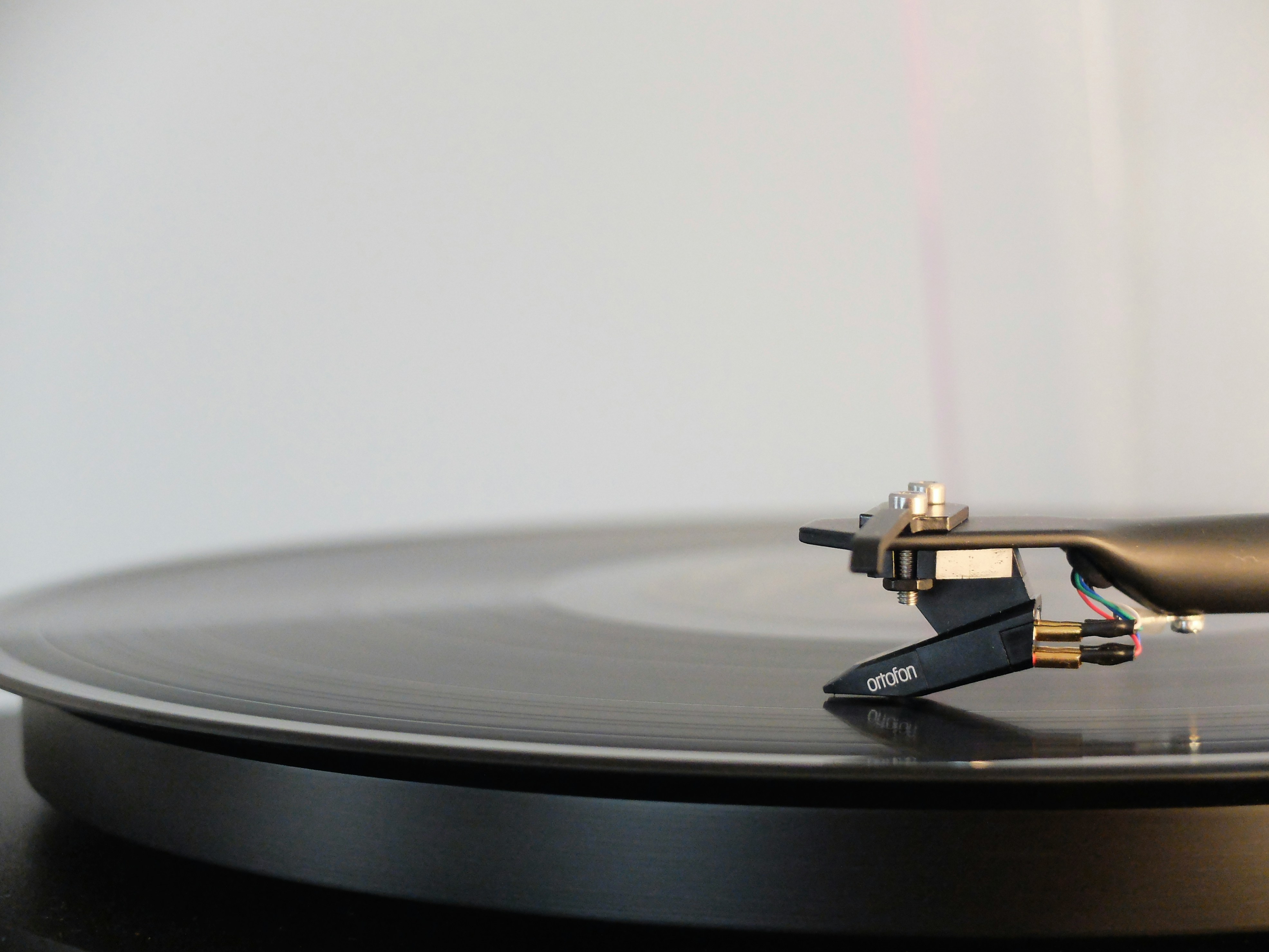We all love listening to music because it lifts our mood, stirs memories, and makes long drives bearable. Recent researcheven shows that older adults who regularly listen to music experience a 39% reduction in dementia risk.1 But while the benefits of music are crystal clear, when it comes to cognitive benefits, playing music vastly outperforms passive listening. The difference isn't marginal but rather transformative. And understanding why reveals something profound about how we should approach brain training.

The distinction between active and passive music engagement comes down to which brain systems get activated. When you listen to music, your auditory cortex lights up, processing pitch and rhythm, while emotional centers like the hippocampus and amygdala respond to the feelings the music evokes.2,3 This is beneficial in that it can improve mood, stimulate memories, and even activate reward pathways that release dopamine.4 And yet, passive listening primarily engages localized brain regions without demanding the complex coordination that drives neuroplasticity.5

In contrast, when you actively make music, whether playing an instrument, singing, or composing, you engage what neuroscientists call "multimodal integration."6 Your auditory cortex processes what you're hearing, your motor cortex coordinates finger movements or breath control, your cerebellum manages precise timing, and your hippocampus stores musical patterns for memorization. Even more critical to long-term cognitive function is the effect on your prefrontal cortex, also known as the brain's executive control center, which handles decision-making about phrasing, dynamics, and expression.6,7 This simultaneous activation of motor, sensory, auditory, and cognitive systems creates the kind of comprehensive brain workout that produces measurable structural changes.

The research documenting these changes is striking. Professional musicians show significantly increased gray matter volume in the superior temporal cortex, Broca's motor speech area, hippocampus, and superior parietal lobule compared to non-musicians, along with increased cortical thickness across multiple regions.8 Brain imaging studies reveal that musicians develop larger motor cortex representations, particularly for the fingers, and enhanced connectivity in the corpus callosum, the fiber tract connecting the brain's hemispheres, facilitating better bilateral coordination.9,10
Perhaps most importantly for cognitive health, those who play instruments score particularly high on executive function tasks -- the very abilities that control planning, problem-solving, and impulse regulation, and that decline sharply in Alzheimer's disease.11 One comprehensive review concluded that "active music making reinforces neural circuits and leads to profound changes in both grey and white matter structures," while "passive engagement with music, while still beneficial, typically results in less extensive structural brain changes."5

Longitudinal studies of children learning instruments showed not only better performance on auditory and motor tasks but also improved vocabulary, abstract reasoning, and mathematical skills, with brain scans revealing larger gray matter volumes in sensorimotor and cognitive regions.10 The neuroplastic principle at work is clear: the more systems your brain must coordinate simultaneously, the stronger and more widespread the adaptations.
But here's the challenge most people face: how do you know whether an activity, whether musical or otherwise, is genuinely engaging your brain's executive control systems? This is where passive listening falls short, not because it lacks value, but because it lacks accountability. You can listen to complex classical music and assume it's challenging your brain, but without objective feedback, you're essentially hoping rather than knowing. The same applies to playing music: are you genuinely pushing your prefrontal cortex during practice, or have you plateaued into muscle memory? This gap between perception and reality is exactly what Thinkie's Brain Meter solves. Using fNIRS (functional near-infrared spectroscopy) technology, the Brain Meter measures blood flow changes in your prefrontal cortex in real time, translating that neural activity into a visual color spectrum from cool blues (low activity) to warm oranges and reds (high engagement).12

This means you can wear the sensor during any activity, be it playing piano, practicing guitar, singing, even reading music or having challenging conversations, and immediately see whether your brain's executive control center is genuinely activated. If you're sight-reading a complex piece and the Brain Meter glows orange-red, you have objective evidence that your dorsolateral prefrontal cortex is working hard, coordinating the motor, auditory, and cognitive demands of the task.12,13 If you're playing a familiar song from memory and the colors barely shift, you know that activity has become habituated, indicating that your brain is on autopilot rather than building new neural pathways.
This real-time neurofeedback transforms how you approach cognitive training through music. Instead of assuming that any musical activity is beneficial, you can optimize your practice to maintain the kind of challenge that drives neuroplasticity. Research on groove rhythm demonstrates that listening to music with moderate syncopation enhances executive function and left dorsolateral prefrontal cortex activity -- but only in participants who felt a strong groove sensation and reported feeling "clear-headed" afterward.14 The psychological and neurological response matters, not just the activity itself.

The convergence of music neuroscience and brain training technology points to a clear principle: your brain grows when challenged across multiple systems simultaneously, and it grows most when you can verify that challenge is actually occurring. Playing music remains one of the most powerful cognitive activities because it naturally demands multimodal integration. And with Thinkie's Brain Meter, you're no longer limited to traditional musical training to achieve those benefits. You can bring that same level of measurable, verifiable prefrontal engagement to any activity that matters to you, building the resilience and plasticity that protect against cognitive decline.
References
- Science Daily. "Daily music listening linked to big drop in dementia risk." November 17, 2025.
- PMC. "Cognitive Crescendo: How Music Shapes the Brain's Structure and Function." September 28, 2023.
- Harvard Medicine Magazine. "How Music Resonates in the Brain." November 12, 2025.
- PMC. "The transformative power of music: Insights into neuroplasticity and brain health." December 11, 2023.
- myneuronews.com. "The effects of music on brain plasticity." April 26, 2025.
- gProtab. "The Neuroscience of Music Practice: How the Brain Builds Skill and Creativity." October 17, 2025.
- Academic OUP. "Lateral prefrontal cortex is a hub for music production from structural rules." September 3, 2022.
- PMC. "Neuroplasticity, music, and human brain." April 4, 2024.
- PMC. "Musical training, neuroplasticity and cognition." April 30, 2005.
- PMC. "Music Making as a Tool for Promoting Brain Plasticity across the Life Span." December 31, 2009.
- Alzheimer's Information. "How Music May Help Keep the Brain Young." February 20, 2024.
- Thinkie System. "How Thinkie Combines Neuroscience and Technology for Superior Brain Training." May 5, 2025.
- Thinkie System. "Thinkie Brain Training Games & Activity Monitoring App." January 14, 2025.
- Nature. "Groove rhythm stimulates prefrontal cortex function in groove enjoyers." May 4, 2022.
